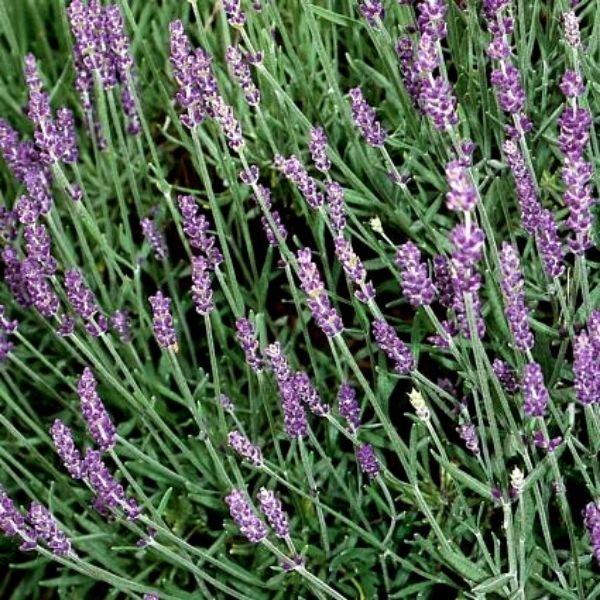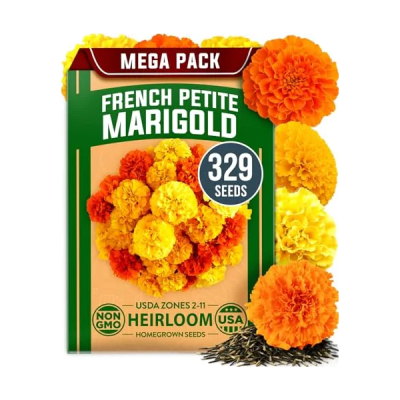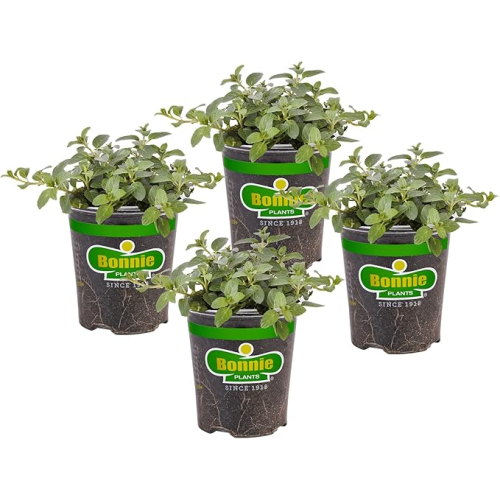You can easily repel grubs by companion planting, and these are the 3 plants to use – the best is a popular herb you may already have in your garden
Prevent grubs from damaging lawns and borders by adding one or all of these beneficial plants

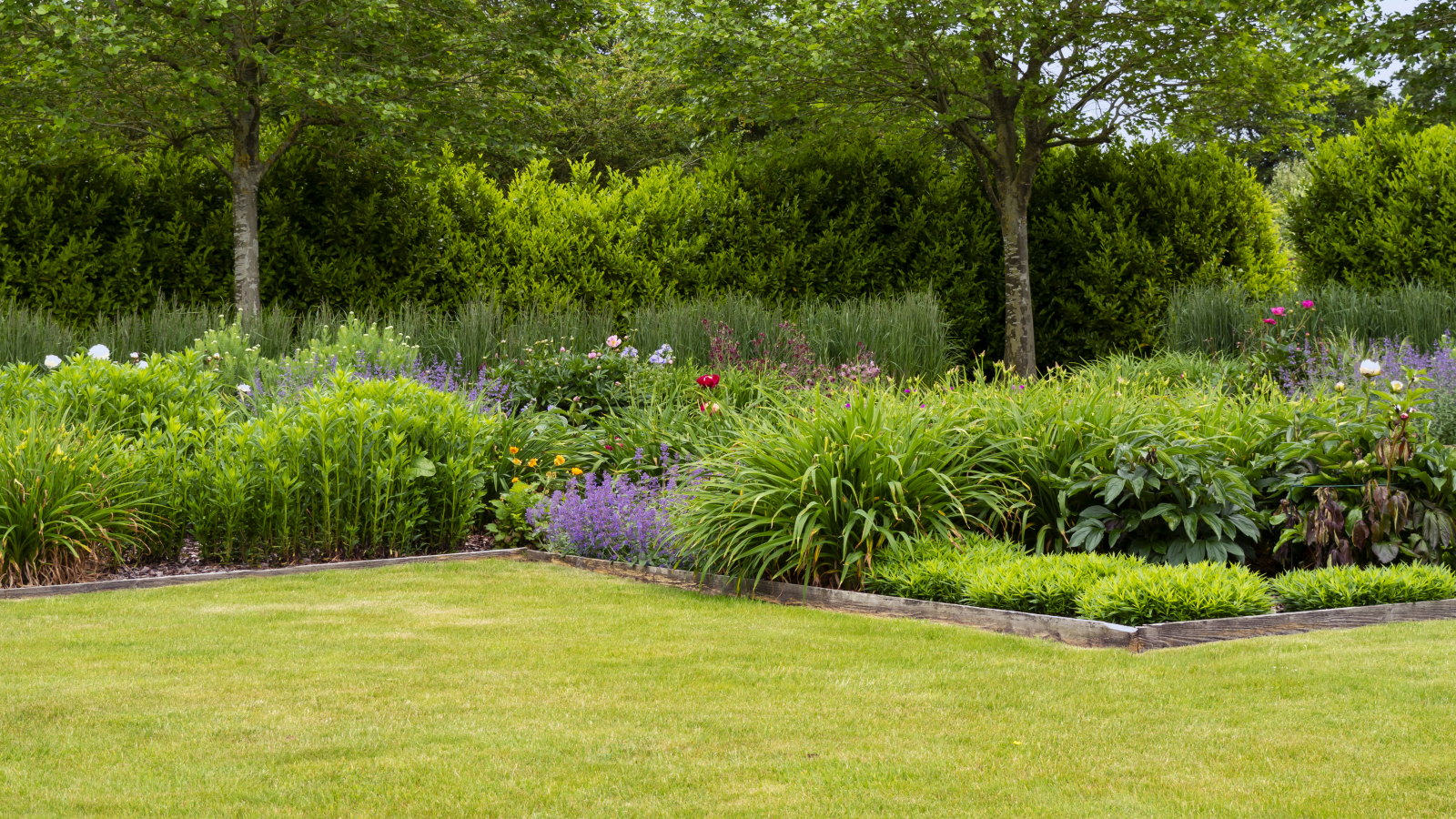
Grubs are the larvae of beetles, and they can be troublesome. The garden pests reside and are active in the soil, where they can feed on the roots of plants. Grubs are hungry pests that can damage lawns, ornamental plants in flower beds, and even edible crops.
When grubs attack the plant’s roots, there are consequences. Lawns can have yellow patches – the grass will also suffer from damage as birds and mammals dig looking to snack on the soil-borne grubs – and plants in beds and borders may wilt and die.
There are plants you can add to your backyard ideas to repel grubs and reduce the chances of them destroying your garden. Growing lavender tops the list of plants that can help eliminate lawn grubs, while marigolds and peppermint also make beneficial companion plants against these pests. Here, we explain why you should consider these plants that repel grubs.
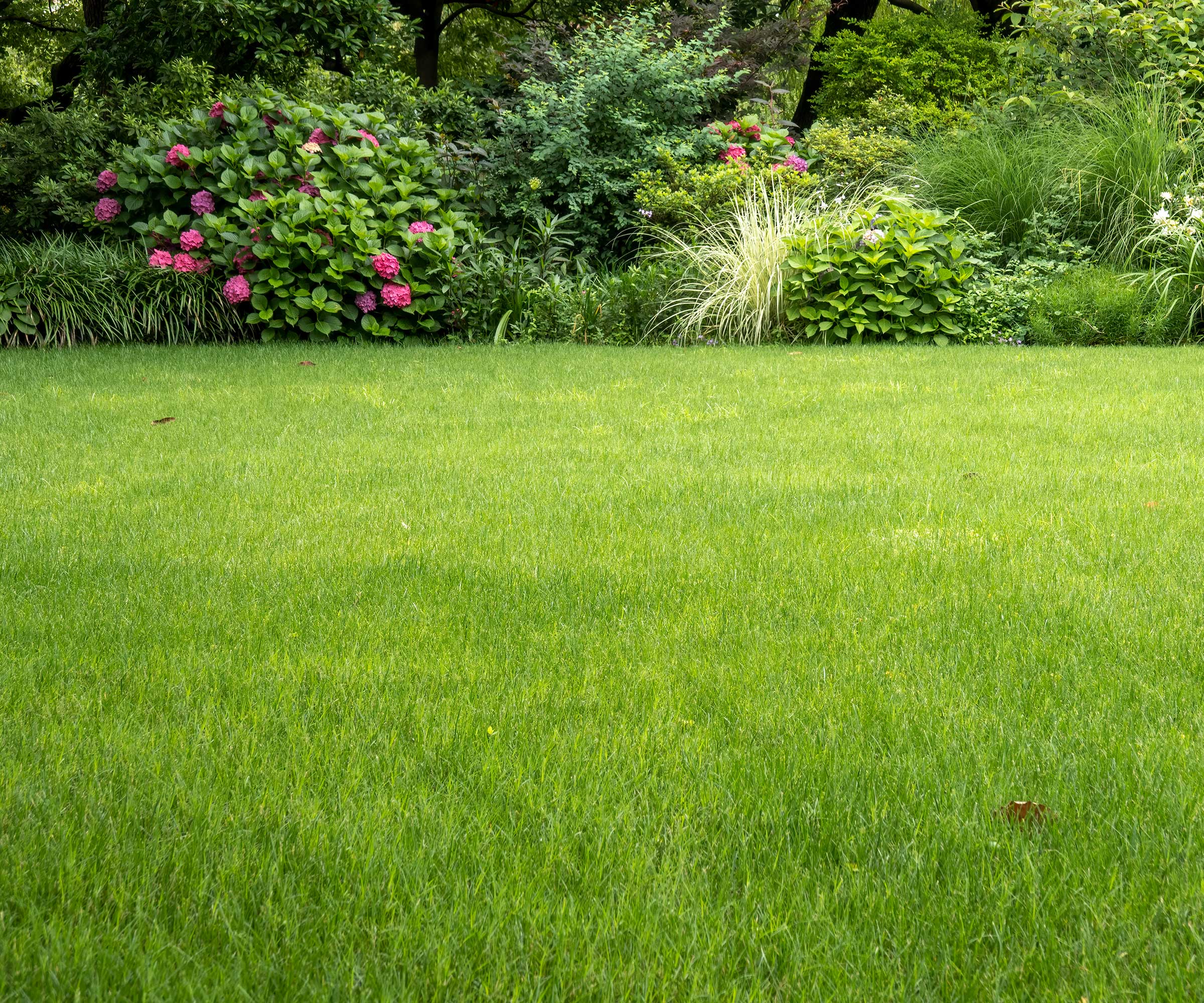
Plants that repel grubs can be added as a preventative measure
Many gardeners apply grub control either to prevent problems proactively or to treat issues as they occur. Instead of reaching for chemicals to prevent future damage from these spring garden pests, maybe it's time to consider companion planting instead?
This natural pest control method allows you to maintain a more sustainable garden and reduces the need to apply preventative grub killer each year. We highlight the best three plants that repel grubs:
1. Lavender
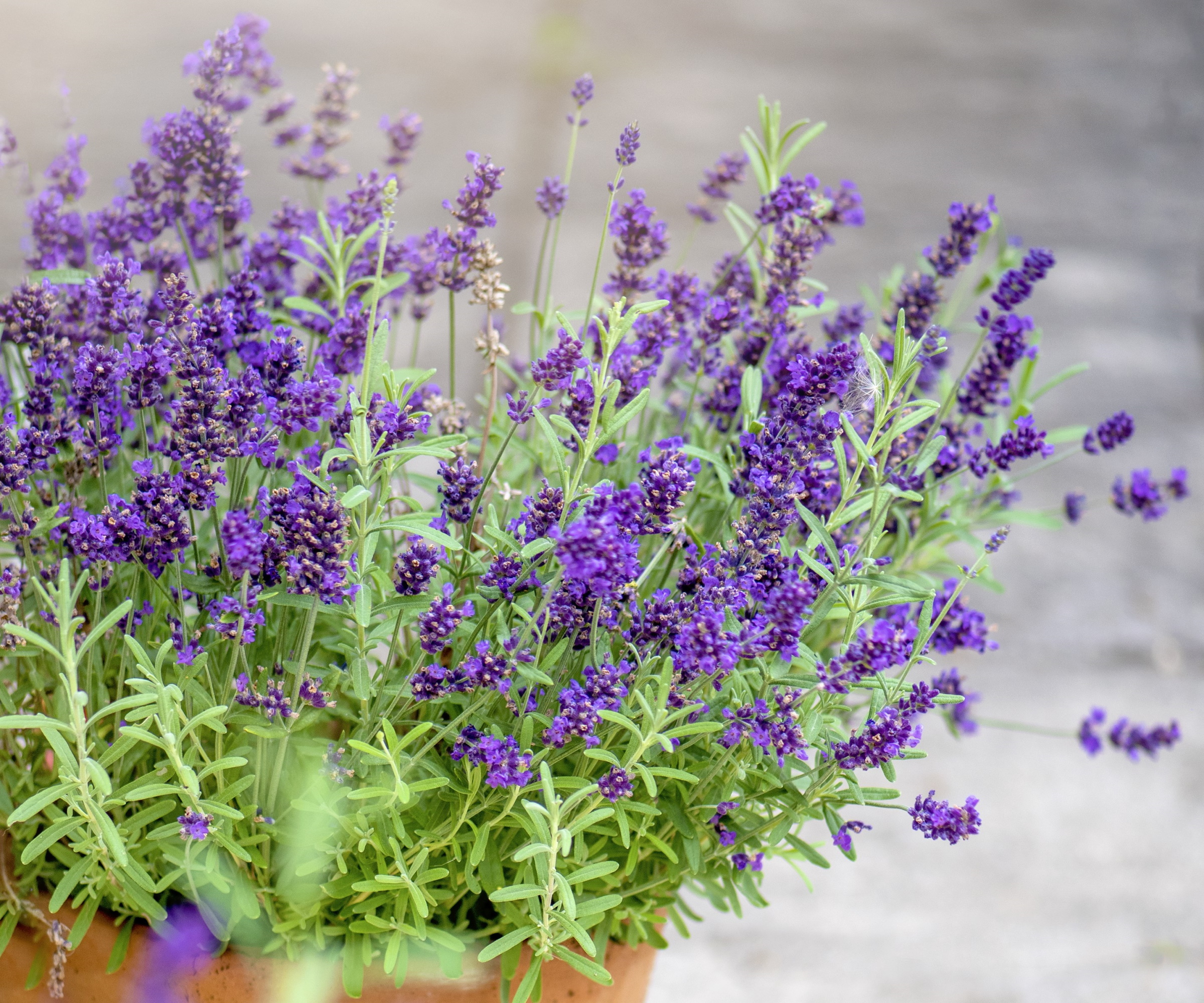
Lavender is a hugely popular aromatic herb, celebrated for its delicate appearance, delightful scent, and ability to attract numerous pollinators to a space. In addition to drawing pollinators and beneficial natural predators, growing lavender also aids in repelling many pests as part of companion planting.
Part of its secret is that lavender contains natural compounds linalool and linalyl. These compounds are responsible for making it highly fragrant, and lots of common garden pests dislike this powerful aroma. The strong smell also masks other plants that may usually attract pests.
Design expertise in your inbox – from inspiring decorating ideas and beautiful celebrity homes to practical gardening advice and shopping round-ups.
The pests deterred by lavender include beetles, of which grubs are the larvae of, as well as moths, mosquitoes, flies, and more. It means those pests are put off, or too confused to find their host plant. So they stay away and won’t lay their eggs near the lavender.
You can plant lavender along the edges of lawns or borders, using its fragrant flowers and foliage to create a wall that keeps beetles at bay. Or grow lavender in pots around susceptible plants for protection.
The strongest-smelling lavender varieties to use are English lavender and Lavandin, a hybrid type.
2. Marigolds

Marigolds are bright and cheery annual flowers, and, to cut a long story short, marigolds keep a lot of bugs away.
It’s a long list that includes aphids, whiteflies, mosquitoes, thrips, wasps, squash bugs, nematodes, and more, going all the way up to squirrels, rabbits, and deer. The list of victims also includes various beetles.
Marigolds do all this thanks to a powerful scent from an essential oil it contains called thiophene. In addition, marigolds also release toxic chemicals from their roots that combat some soil-borne pests.
If you want to grow marigolds for pest control, the most pungent types to pick are French marigolds.
Whether in the ground or you grow marigolds in pots, putting them around the edges of lawns or borders, or dotted between plants, will help protect against various pests.
3. Peppermint
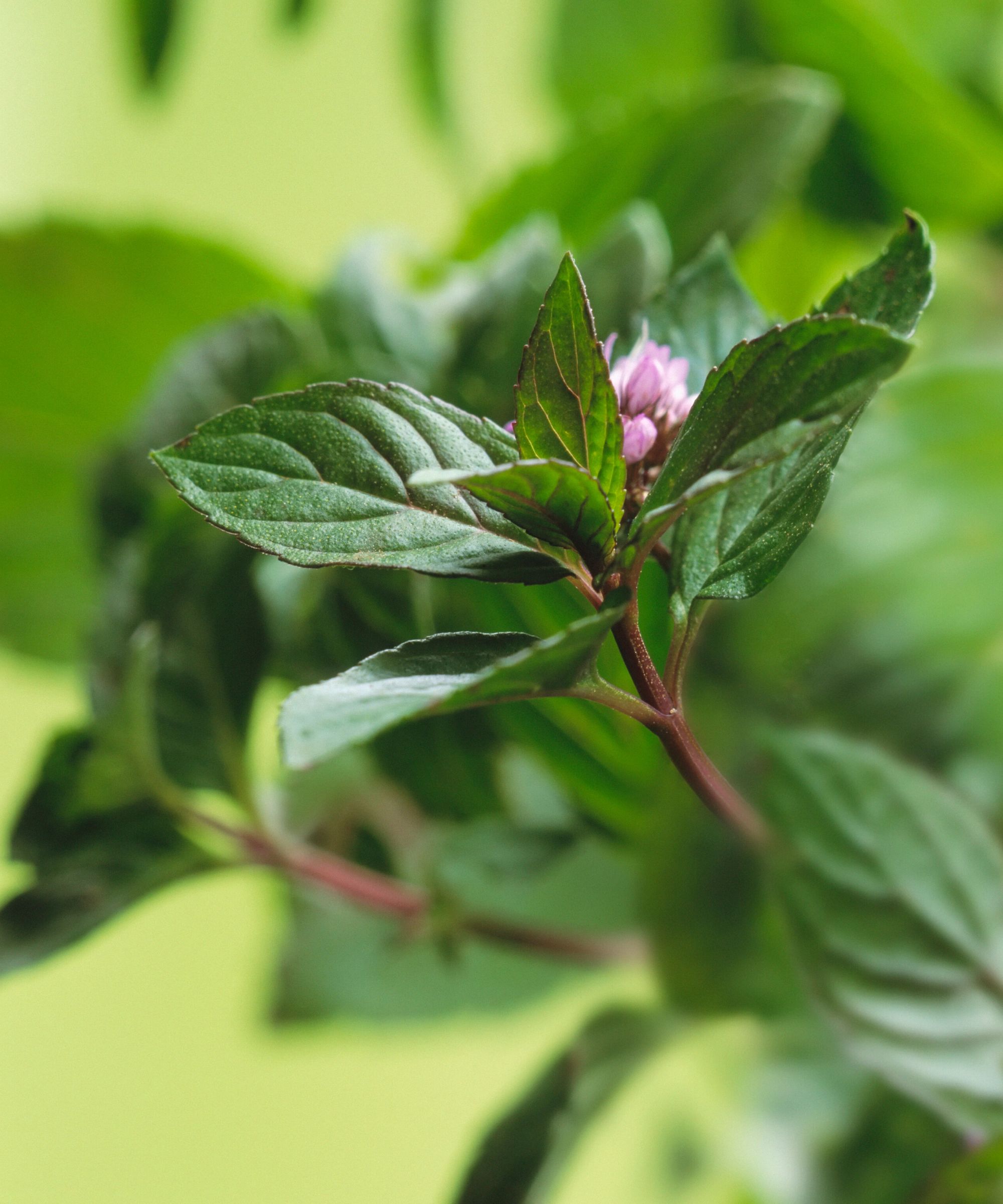
Mint is another herb with a powerful scent, and one that deters many garden pests. It contains the compounds terpenes and menthol, which produce that strong aroma that keeps unwanted pests away.
Of all the many wide-ranging mint varieties, peppermint is the most pungent for companion planting, followed by spearmint. The scent produced by peppermint confuses and overwhelms the receptors of many insects, ensuring they keep a safe distance from the plants.
The aroma is so strong that you can use peppermint to deter squirrels, while it is also a great mouse repellent plant.
Of course, when you grow mint, you do need to keep it contained. All types of mint are vigorous and can spread rapidly, potentially dominating an area. Either grow mint in containers, or plant it in sunken buckets in borders to contain the roots.
Mint makes a great companion plant for many ornamentals and edibles, for several reasons. Not only does it repel many pests thanks to its aforementioned pungent aroma, but it also attracts beneficial natural predators and pollinators.
Predators such as hoverflies, lacewings, ladybirds, and predatory wasps help control pest populations, while beneficial insects like bees and butterflies assist with pollinating flowers.
These insects are all attracted to the mint’s scent and its nectar-rich flowers. So, if you grow herbs in pots around the yard, many plants will reap the rewards.

Drew has worked as a writer since 2008 and was also a professional gardener for many years. As a trained horticulturist, he worked in prestigious historic gardens, including Hanbury Hall and the world-famous Hidcote Manor Garden. He also spent time as a specialist kitchen gardener at Soho Farmhouse and Netherby Hall, where he grew vegetables, fruit, herbs, and cut flowers for restaurants. Drew has written for numerous print and online publications and is an allotment holder and garden blogger. He is shortlisted for the Digital Gardening Writer of the Year at the 2025 Garden Media Guild Awards.
